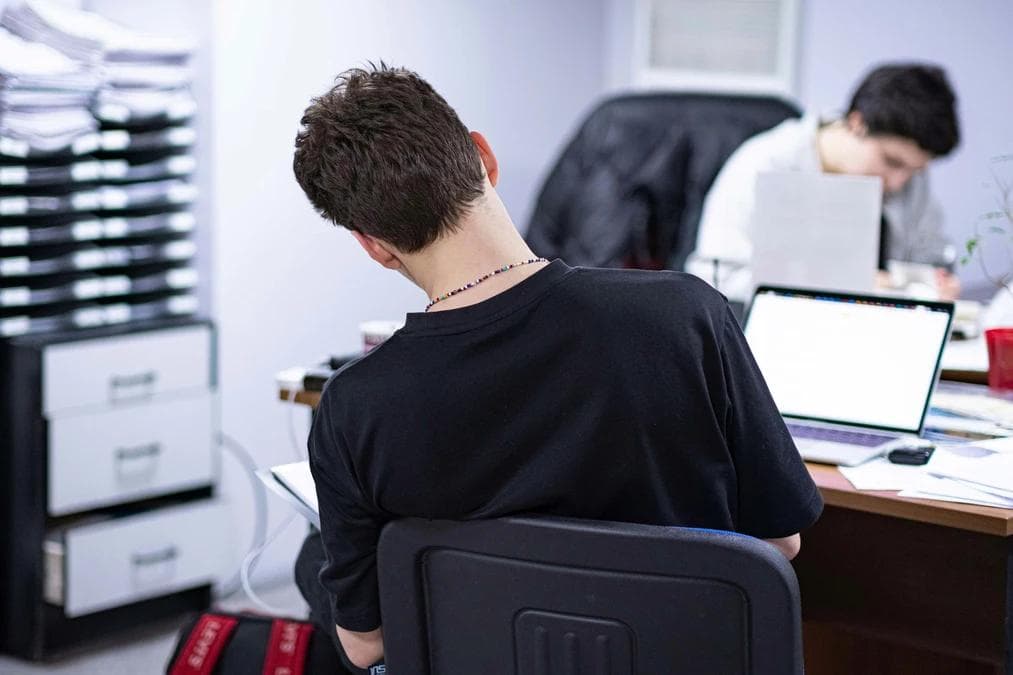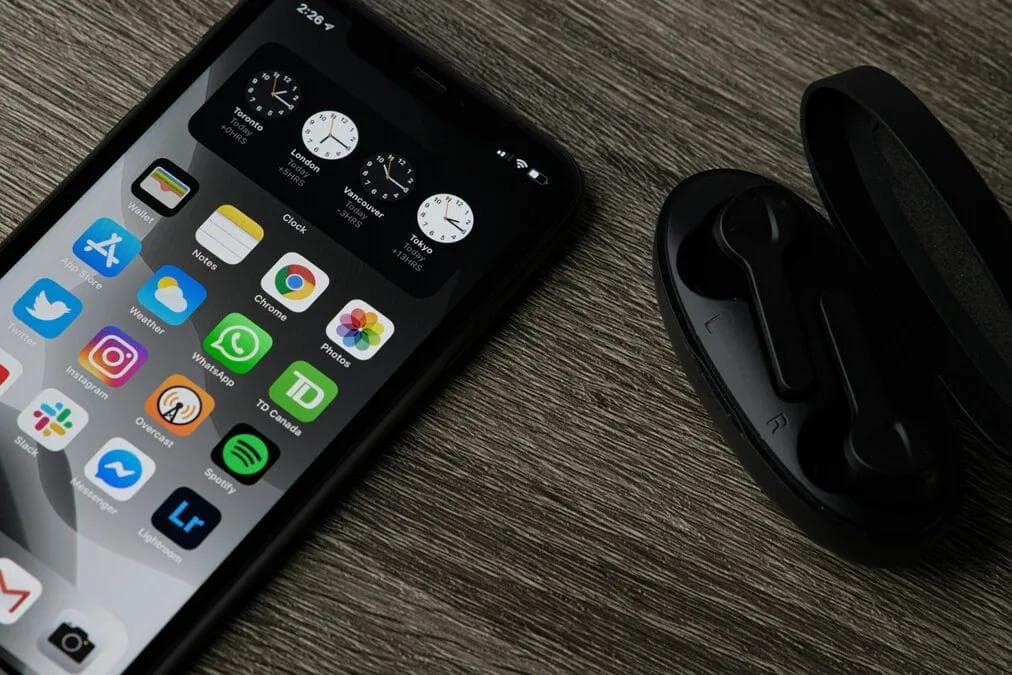Can a Smartwatch Detect a Panic Attack Before It Happens?
By chandu • 2025-05-27
Categories: tech

Photo by Luca Bravo on Unsplash
Introduction
Fear attacks are unlooked-for, violent surges of fear or anxiety that can strike without warning. These circumstances can be enervating, making indeed simple tasks feel inviting. With internal health taking center stage in moment’s heartiness exchanges, there’s growing interest in how wearable technology — especially smartwatches — can help identify and potentially help these attacks.
But is this truly doable? Can a smartwatch really descry a fear attack before it happens?
Let’s dive deep into this mix of internal health and technology to uncover the possibilities, limitations, and current exploration.
Understanding Fear Attacks
Symptoms of a Fear Attack
- Rapid heart rate
- Sweating or chills
- Briefness of breath
- Shuddering or shaking
- Casket pain
- Dizziness
- A feeling of detachment from reality
- Fear of losing control or dying
These symptoms can be tracked physiologically and that’s where smartwatches come into play.
How Smartwatches Monitor Health
Modern smartwatches come equipped with an array of detectors.
Detector Type and Purpose
- Heart Rate Detector – Measures BPM (beats per nanosecond)
- SpO2 Detector – Tracks blood oxygen situations
- ECG Detector – Detects heart meter irregularities
- Skin Temperature Detector – Indicates unforeseen body temperature changes
- Accelerometer – Tracks movement and restlessness
- EDA Sensor – Measures electrodermal exertion (stress)
Popular Smartwatches with Advanced Health Tracking
- Apple Watch Series (Series 6 and over)
- Fitbit Sense
- Samsung Galaxy Watch
- Garmin Venu 2 Plus
Can These Features Prognosticate Fear Attacks?
The answer: Potentially yes — with caveats.
What Smart watches Can Descry
- Increased heart rate (without physical exertion)
- Erratic heart meter
- Changes in skin conductance (sweating)
- Drop in blood oxygen (in some cases)
- Anxiety-linked movement patterns
How It Works
Smartwatches collect data continuously. When trained with AI models, this data can be anatomized to descry abnormalities.
For illustration, if a smartwatch identifies:
- A unforeseen shaft in heart rate
- Increase in EDA
- Heightened restlessness or unusual movement
It can spark a pre-alert for a implicit fear attack.
Case Studies and Research
University of Rochester Study
Smartwatch data helped experimenters descry fear attack pointers up to 60 twinkles before onset in over 70% of actors.
Apple Health Collaboration Research
Apple partnered with UCLA to study the link between wearable data and internal health. Primary results showed pledge in prognosticating anxiety-driven occurrences.
Real-World Operations
Several apps now integrate with smartwatches to give internal health cautions.
Notable Apps
- Wysa – Offers CBT-grounded coaching and AI converse support
- Calm – Syncs with Apple Watch for stress shadowing
- Awareness App – Provides breathing monuments
Alert Example
"Your heart rate has been elevated for 10 twinkles without movement. Would you like to do a breathing exercise or call someone?"
This gives druggies a chance to intermediate before the fear attack escalates.
Limitations
While the eventuality is instigative, it's important to stay predicated in reality.
Challenges
- False cautions (e.g., heart rate increase due to caffeine or exercise)
- Sequestration enterprises over constant health monitoring
- Inconsistent detector delicacy across brands
- Lack of emotional environment (can’t always distinguish fear from excitement)
Expert Opinions
Nidhi Sharma, Psychiatrist
"Smartwatches are useful tools, but they aren't a relief for remedy or opinion. They can, still, act as first-position cautions to seek help."
Karan Patel, Tech Entrepreneur
"As AI improves, I see a future where fear discovery becomes as common as step counting."
Tips for Using Smartwatches to Manage Anxiety
DO
- Wear your smartwatch constantly
- Sync it with awareness apps
- Act on cautions (don’t ignore them)
- Use breathing exercises when urged
DO NOT
- Rely solely on your smartwatch for internal health
- Fear when you get an alert (it’s a prompt, not a opinion)
- Ignore regular remedy or tone-care practices
Future of Wearables in Mental Health
With advancements in AI, biometric detectors, and edge computing, wearable tech is moving toward real-time emotional intelligence. In the near future:
- Smartwatches could connect with therapists automatically during high-stress events
- Bias might use voice tone and facial recognition to assess emotional countries
- Health insurance providers may indeed incentivize wearable use for internal heartiness tracking
Conclusion
Smartwatches moment can not definitively prognosticate fear attacks but they’re getting close. They serve as helpful pointers of stress or anxiety, and when combined with smart apps and particular awareness, they can come important tools for internal health operation.
Still, using a smartwatch may add an redundant subcaste of safety and mindfulness — but it’s no cover for professional help, if you or someone you know struggles with anxiety or fear attacks.
FAQs
1. Can smartwatches detect fear attacks?
Yes, they can spot early signs like high heart rate or stress — but not diagnose.
2. Which smartwatch is best for anxiety tracking?
Apple Watch, Fitbit Sense, and Samsung Galaxy Watch are top picks.
3. Do I need an app to monitor stress?
Yes, apps like Wysa, Calm, or Mindfulness boost functionality.
4. Are alerts always accurate?
Not always. Triggers like caffeine or workouts can cause false alerts.
5. Can a smartwatch help during an attack?
Yes, via breathing exercises and calming prompts.
🗣 Comments
TARUN KUMAR VUNDURU
Emo ra naku em ardham kala kani, nuvvu ela vunnav. Kanisam call kuda cheyadam ladhu ra. Free ga vunte call chey
2025-06-11 07:26:00





